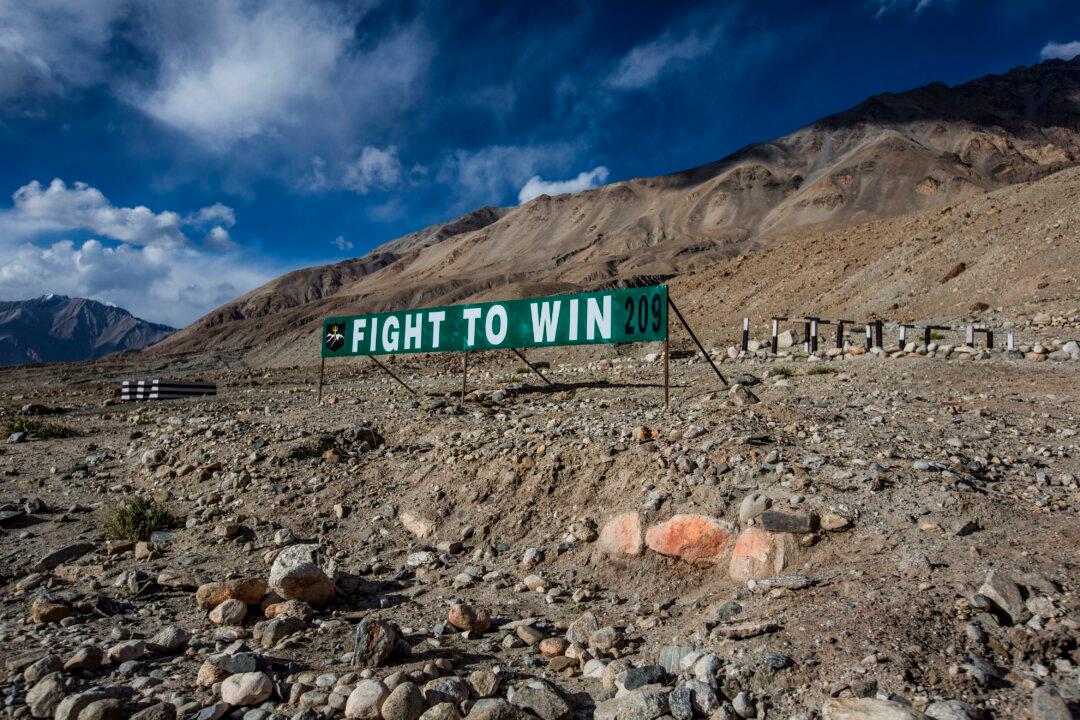After a recent stand-off between India and China’s militaries, both nations say that the status quo has been maintained on the Line of Actual control in the region of Ladakh in the far north of India. Speculations still remain alive and varied as to why Chinese soldiers intruded into the Indian territory in the first place.
“Intrusion in itself is a very complex issue as the borders are not defined. Incursions often take place, however this time, as in the past, India took objections because they erected structures,” said Rup Narayan Das, Senior Fellow, China and East Asia, Institute for Defence Studies and Analyses (IDSA), New Delhi.
Borders between India and China have a long history of dispute and the current Line of Actual Control between the two countries was established after the 1962 war. The two countries later on signed three agreements: in 1993 an agreement to maintain peace and tranquility along the Line of Actual Control; in 1996 an agreement for enhancing mutual confidence and transparency in the military field; and in 2005 an agreement called “The Political Parameters and Guiding Principles for the Settlement of the India-China Boundary Question.”
“There are various kinds of speculations around,” said Das. “Some say Chinese wanted to test India’s nerve and others say PLA [the People’s Liberation Army] was trying to give a signal to the Communist Party that it calls the shots.”
After days of tension on the ground, both the countries soon declared a return to the status quo. “India had set up tin shelters for its soldiers after 15 April. When Chinese retreated from the Indian side of the LAC, India also dismantled the structures erected,” said Das.
However, no clear explanation has been given as to why the incursion happened and what actually went on in the diplomatic circles to dispel the stand-off.
On April 28, the Associated Chambers of Commerce and Industry of India (ASSOCHAM) came up with a release, “China has big stake in India’s growing market, may not harm it.”
According to the release, China’s stake in the growing Indian market is increasingly massively and the current annual trade surplus of over US$40 Billion may touch US$44 Billion by the end of the current year.
“At a time when Chinese economy, like most other economies of the world, is slowing, its exports to India would be of vital interest to the Chinese dispensation. In a way, the economic engagement is the best way to bridge all other differences,” the release said. ASSOCHAM also commented that China alone accounts for over 11 percent of India’s total imports making it a high stake commercial interest for the neighboring country.
A joint statement made by the two countries during Chinese Premier Li Keqiang’s visit to New Delhi in May indicates that nothing new has happened. The statement says, “The leaders expressed satisfaction over the work done so far by Special Representatives of the two countries on the Boundary Question and encouraged them to push forward the process of negotiations and seek a framework for a fair, reasonable and mutually acceptable settlement in accordance with the Agreement on Political Parameters and Guiding Principles.”
The statement, however, neither indicates any commitment by China on the demarcation of the Line of Actual Control nor an affirmation that such incidents will not happen again. “Pending the resolution of the boundary question, the two sides shall work together to maintain peace and tranquility in the border areas in line with the previous agreements,” the statement read.
China and India have had 15 rounds of high level talks to settle the border issue. In case of any future agreement, the Indian government will have to be very careful, as it will very likely face tremendous pressure and protests at home if it agrees to a settlement conceding territory to China.
There’s already anti-China sentiment in public regarding Chinese activities on the Indian border. This sentiment was very visible in the protests by the nationalist groups in Delhi and the state of Jammu and Kashmir, where the Ladakh region is located, while Li Keqiang visited India.





